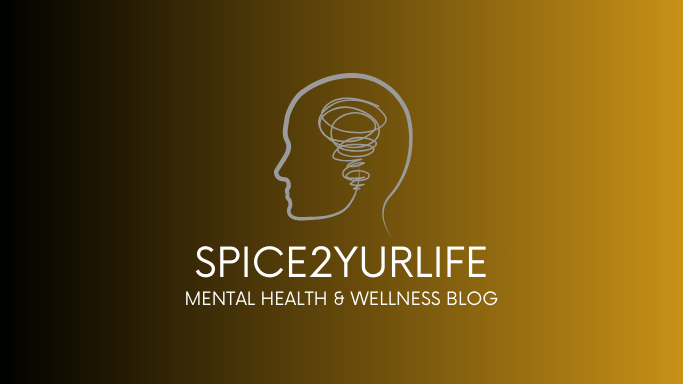Every child is unique, and when it comes to education, one size does not fit all. For children with disabilities or special needs, individualized support is crucial to help them thrive academically and socially. Two common tools for providing such support in the United States are Individualized Education Plans (IEPs) and 504 Plans. In this blog post, we will explore the differences between IEPs and 504 Plans, as well as considerations to help you determine which one might be the best fit for your child's needs.
Understanding the Basics
Before diving into the specifics, it's essential to understand the fundamental differences between IEPs and 504 Plans.
IEP (Individualized Education Plan)
An IEP is a legally binding document developed for students who meet specific eligibility criteria under the Individuals with Disabilities Education Act (IDEA). To qualify for an IEP, a student must have a disability that adversely affects their educational performance and requires specialized instruction and related services. IEPs are typically designed for students with more significant disabilities.
IEPs include:
1. Individualization: IEPs are highly individualized, outlining specific goals, objectives, and services tailored to the student's unique needs.
2. Special Education Services: IEPs provide access to specialized education services, which may include accommodations, modifications, and related services like speech therapy, occupational therapy, or counseling.
3. Legal Protections: IEPs offer comprehensive legal protections and procedural safeguards to ensure that students with disabilities receive an appropriate education.
504 Plan
A 504 Plan, on the other hand, is named after Section 504 of the Rehabilitation Act of 1973, which prohibits discrimination on the basis of disability in programs and activities receiving federal financial assistance. 504 Plans are designed to provide accommodations and support for students with disabilities that substantially limit a major life activity, which includes learning.
504 Plans include:
1. Accommodations: 504 Plans focus on providing reasonable accommodations, such as extended time on tests, preferential seating, or access to assistive technology, to ensure equal access to education.
2. No Special Education Services: Unlike IEPs, 504 Plans do not typically include specialized instruction or related services.
3. Legal Protections: While 504 Plans offer some legal protections, they are not as comprehensive as those provided by IEPs.
Which Is Right for Your Child?
Now that you have a basic understanding of the differences between IEPs and 504 Plans, let's explore some factors to consider when deciding which option is best for your child.
1. Disability Type and Severity: The nature and severity of your child's disability will play a significant role in determining whether an IEP or 504 Plan is more appropriate. IEPs are generally better suited for students with more significant disabilities that require specialized instruction, while 504 Plans are often sufficient for students with milder disabilities.
2. Educational Needs: Consider your child's specific educational needs. If they require specialized instruction or related services, an IEP may be necessary. However, if accommodations alone can address their needs, a 504 Plan may suffice.
3. Parental Involvement: IEPs involve a more extensive and structured planning process, including meetings with educators, specialists, and parents. If you want a more collaborative and comprehensive approach to your child's education, an IEP might be preferred.
4. Legal Protections: If you are concerned about the legal protections your child will receive, note that IEPs offer more robust safeguards. However, 504 Plans still provide important protections against discrimination.
5. Child's Progress: Regularly assess your child's progress and the effectiveness of the plan in meeting their needs. You can always reevaluate and adjust the plan as necessary.
Both IEPs and 504 Plans are valuable tools to support children with disabilities in the educational setting. The choice between them depends on the unique needs of your child. Remember that these plans are not static; they can be adjusted to meet your child's changing needs over time. Consult with educators, specialists, and your child's school to determine the most suitable plan, and advocate for the support that will enable your child to succeed academically and beyond. Ultimately, the goal of both plans is the same: to ensure that all children, regardless of their disabilities, have equal access to a quality education.






No comments:
Post a Comment